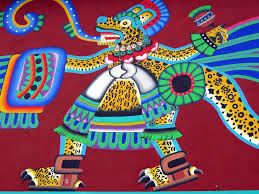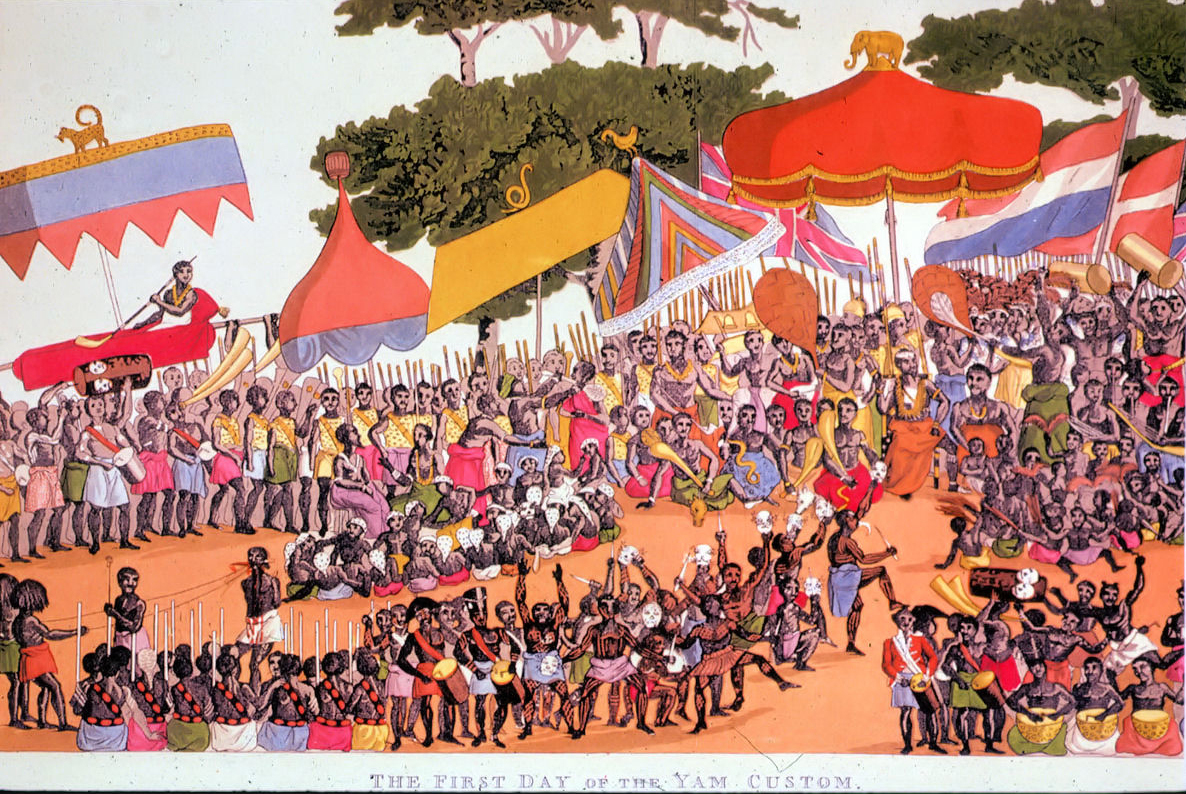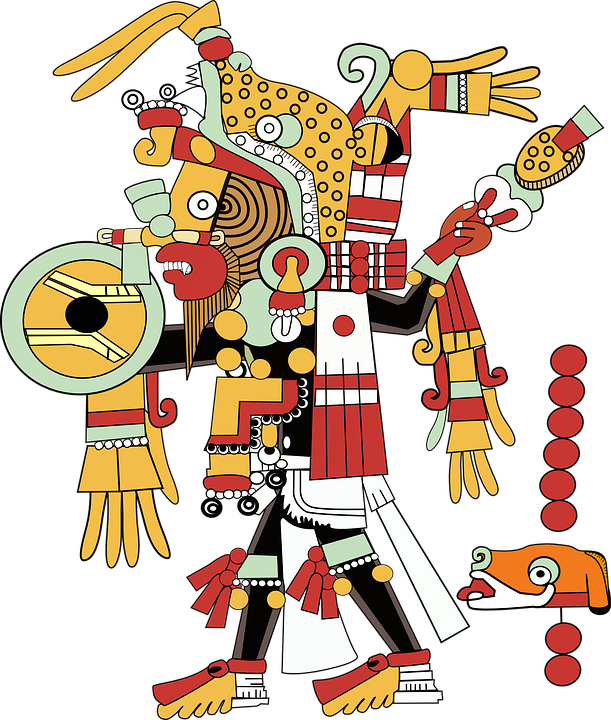Inca Gods and Goddesses Information |
The Inca's were a primeval civilization that lived in what is now present day Ecuador, Peru, Chile, Columbia, and Argentina. This kingdom lasted from 1800 B.C. to the early 1500s. The Inca's living grounds consisted of mountainous regions and dry scorching deserts along the Pacific Coast. The region suffered from devastating earthquakes, calamitous volcanoes, and horrifying hail storms. The Inca's believed the gods caused these ghastly events when they disobeyed them. The Incas had a polytheistic belief, which means they believed in many gods. God's were very imperative to the Incas.
The Incas believed that everything that happened for a reason and was caused by the gods. They believed the gods guarded everyone and everything and because of this they tried to please them. In order to please the gods, the Incas habitually performed sacrifices. The sacrificed foods, animals, and even people. Over a hundred kids were sacrificed to the rain god every year. Gods were a fundamental aspect to the Inca religion. Spritual FactsA crucial facet of this sacred geography was the concept of huaca. This term referred to any person, place, or thing with supernatural power; almost anything unusual was considered a huaca. Examples ranged from major features of the landscape (mountain peaks, stone outcroppings, springs) to oddly formed or colored pebbles and plants. There were countless huacas in the Incan world, and major ones defined the organization of sacred space.
As in other pre-Columbian religions, Incan gods and goddesses actually represented a number of shifting and overlapping celestial powers. The upper pantheon contained a creator-sky-weather complex with three principal components: Viracocha, the creator; Inti, the sun god and ancestor of the ruling dynasty; and Illapa, the thunder or weather god. Female SupernaturalsThe most important female supernaturals were Pachamama, the earth; Mamacocha, the sea; and Mamaquilla, the moon. The core of Incan religion was predecessor worship. Ancestors were venerated as defensive spirits, and the bodies and tombs of the dead were treated as sacred objects. Many other important huacas were also explicitly acknowledged with the ancestors. For example, some of the most important shrines around Cusco were believed to be the alarmed forebears of the Incas.
The prime deity of the Incas, as you may have guessed, is Viracocha, the Creator God. Although he is the prime deity, he was considered not among them and invisible. No temples were created for him. Inti, the Sun god, was thought to be his representation in the physical world. |





